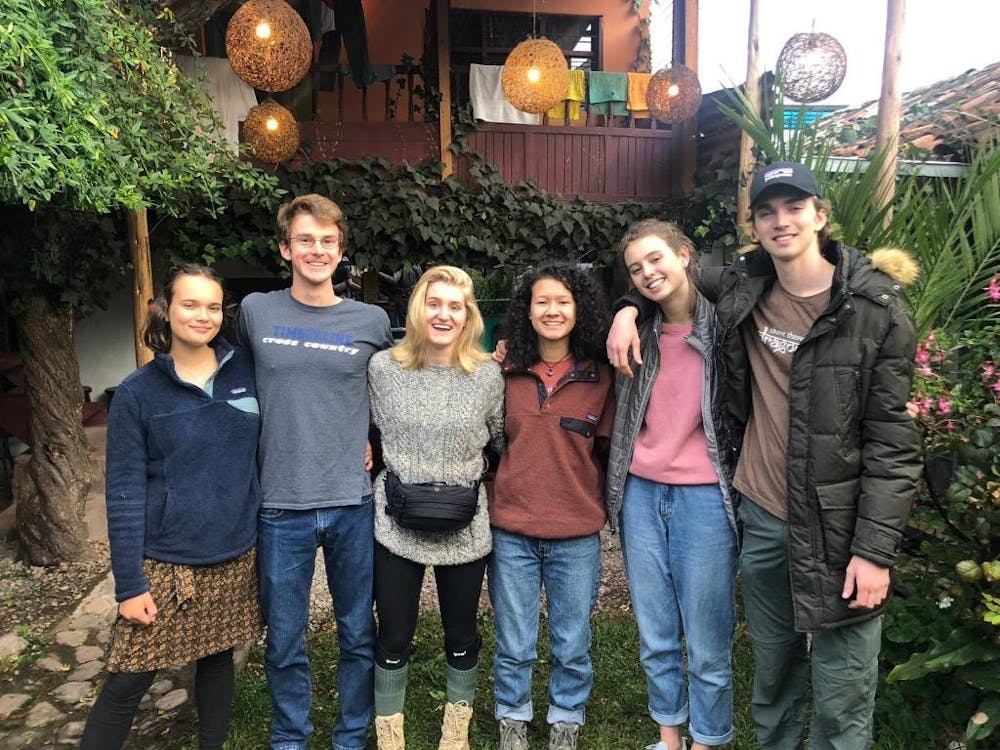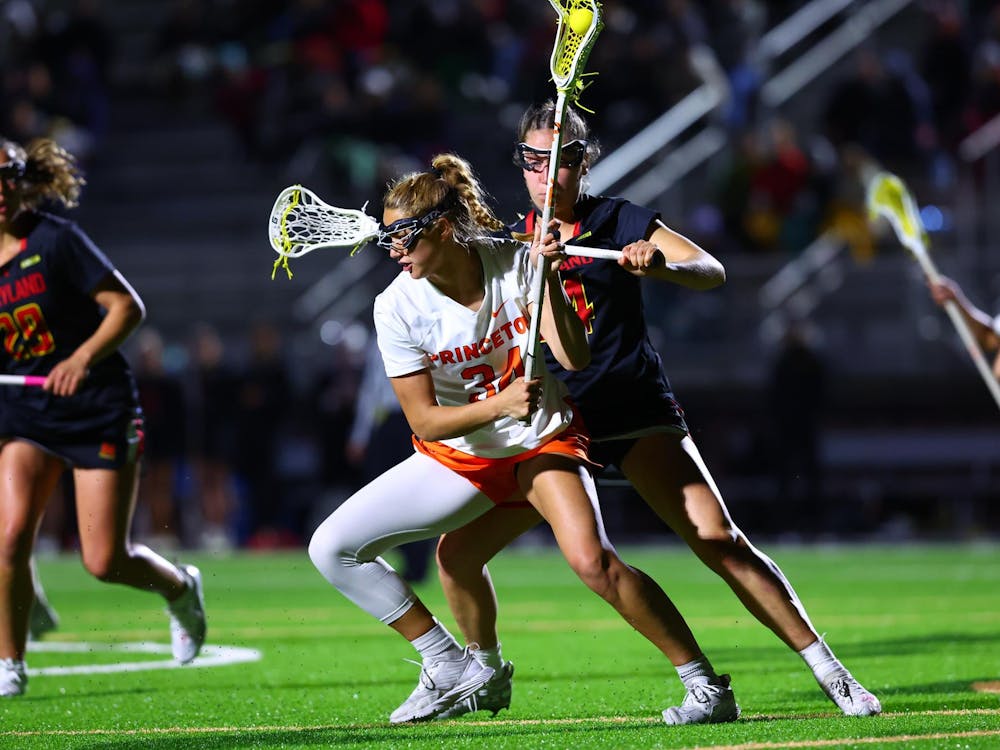After Peru closed its borders to international travel on Sunday, March 15, six students participating in the University’s Novogratz Bridge Year Program, a nine-month experience of cultural immersion and service abroad, and a third year Ecology and Evolutionary Biology (EEB) graduate student found themselves stranded in the South American nation.
Two days prior, the University had announced that all students participating in the Bridge Year program were to return home, as the COVID-19 pandemic intensified. After several days of confusion, canceled flights, and coordination with the U.S. Embassy, the six undergraduates returned to the United States safely on March 25.
The graduate student, who was in Peru studying white-sand forests, was able to return in a U.S. Embassy charter plane on the March 26.
University Spokesperson Ben Chang emphasized that multiple institutions had cooperated to get the students on Embassy-chartered flights home.
“These flights were made possible in particular through the tireless efforts of New Jersey Senator Robert Menendez, [the] Department of State, and the staff of the Senate Committee on Foreign Relations,” he wrote in an email to The Daily Princetonian.
In a March 27 tweet, the University thanked all three, writing #AmericansHome.
According to Chang, the University’s Global Safety and Security unit, Office of Government Affairs, Office of International Programs, Office of the Provost, and Office of Communications were also essential in coordinating their return.
Novogratz Bridge Year participants stationed in Indonesia, India, China, and Senegal had all returned home or were en route to their respective homes by March 19. Chang said that there are no additional community members abroad seeking travel assistance from the University.
“If that changes at any time, Princeton [is] ready to assist in any way we can,” he wrote.
The Bridge Year students stationed in Urubamba, Peru, encountered numerous obstacles before returning to the United States.

When the University terminated the program, the group initially thought their departure date would be March 20. In the meantime, they canceled upcoming plans in order to say goodbye to their homestay families.
Due to growing concerns over global travel, the University pushed up the group’s departure date, purchasing return tickets for March 17.
On the evening of March 15, however, Peruvian President Martín Vizcarra announced a 15-day nationwide state of emergency, which has since been extended until April 12. This policy included closing international borders and canceling all domestic and international flights.
“While we sought to book flights leaving Cusco on March 16 before the borders closed, none were available,” Chang noted.
The group only learned that they would not be able to take their March 17 flight after traveling to the airport in Cusco from Urubamba.
Uncertain about when they would return home, the group stayed together in the program’s house in Urubamba in case they needed to leave unexpectedly.
“The hardest part was just not knowing what was going to happen,” said program participant Olivia Ragan ’24. “And every day it was [this] sort of uncertainty of: Will we leave today? Will we leave tomorrow? How much stuff can we take? Will we actually get to leave or [could we somehow] be stranded in Cusco?”
Theodore Knoll ’24 felt that he had received mixed signals, as Director of the Novogratz Bridge Year Program John Luria informed participants that the University was making good progress on getting them onto chartered flights on March 24 or March 25, while their instructors and facts on the ground gave no indication they could leave.
“So it was kind of this uncertainty where it’s like, we have these people, and we trust both of them, but they’re saying different things,” Knoll said.
Around 3 a.m. on March 25, the group woke up to calls from Luria telling them they needed to leave by 6:30 a.m. for their Embassy flight.
The group finally made it onto the U.S. Embassy flight to Miami and flew to their respective homes the following day.
Ragan and Knoll both praised the University and its Bridge Year partner, Where There Be Dragons, for making their evacuation possible.
“I think they did a very good job handling the situation,” Knoll said.
This was not the first time the Peru Bridge Year contingent had been forced to evacuate their homestays.
The students in Peru were originally stationed in Tiquipaya, Bolivia. In November, they relocated to Peru, as political instability and violence swept Bolivia in the wake of a contested election.
Two of the original eight group members returned home in December for unrelated reasons.
Ragan saw the two evacuations as growing experiences. She said the experiences helped her realize how little she could control.
“Sometimes, I have to really make peace with all of the things outside of my control and find a way to live with uncertainty,” she said.
Julie Tierney, the third year EEB graduate student who was also temporarily stranded in Peru, arrived in Iquitos, Peru, at the end of February to study white-sand forests until June.
She was packing for a fieldwork trip when Vizcarra announced the quarantine. She stayed home but still planned on waiting out the quarantine in Peru.
That changed when Vizcarra announced on March 21 that the borders would close completely on Sunday, March 22, and that Peru would not support repatriation efforts.
“I decided that I needed to do anything that I could to get out,” Tierney said.
Tierney’s advisor, Lars O. Hedin, the George M. Moffett Professor of Biology and Chair of the EEB Department, and Kara Amoratis, Associate Director of International Travel Safety and Security, advocated for Tierney, as well as an American colleague working with her, at the Department of State and Senate Committee on Foreign Relations.
“I just want to stress that the incredible thing was the amount of support we received from Princeton and Kara’s office,” explained Tierney.
She returned home safely on March 26.
Peru has enforced some of the strictest quarantine measures in the world, including a curfew from 6 p.m. until 5 a.m., border closures, and the punishment of up to 20 years in prison for sick people ignoring isolation rules. As of March 28, more than 26,232 people have been detained for violating National Emergency regulations.
As of March 30, Peru had 950 confirmed positive cases of COVID-19, along with 24 deaths.
On March 30, the U.S. Embassy in Peru announced that it had repatriated nearly 3,300 Americans. U.S. Secretary of State Mike Pompeo tweeted on March 29, “Grateful to our partners in the Peruvian military for their assistance to Americans in remote parts of the country. Our team won’t stop until we get all #AmericansHome who wish to return.”









